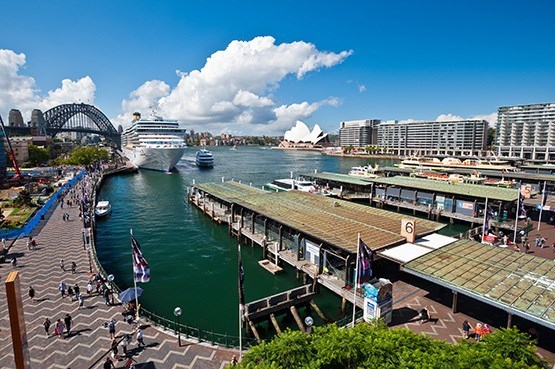*** A reminder, particularly to new geocachers, that in order to claim an online find, you must retrieve the physical cache container and sign the logbook within it. Please make sure you have a pen/pencil with you. This is a fundamental rule of geocaching.
Totally Findable Tourist Caches

Welcome to Sydney
This series of geocaches is designed primarily with visitors to Sydney in mind who may have limited time and transport options and want a quick and easy find while out enjoying some sightseeing around this beautiful city.
All cache containers will be one of three types; a flat magnetic key case (MKC), a round film canister (FC or MFC for magnetic) or a fake rock (FR).
The hint will indicate the type of container used and will be very specific to help you find the cache easily. If you want a challenge to find this cache and don't wish to know exactly where it's hidden, do not look at the hint.
At each location you’ll be given some information about the site you are visiting.
Enjoy!
-------------------------------

HMAS Sydney
This navy warship bow comes from the first ship, (one of five), to bear the name "HMAS Sydney".
Built in Glasgow, Scotland, the first HMAS Sydney was launched on the 29th August, 1912. She was commissioned into the Royal Australian Navy (RAN) on 26th June, 1913.
During the early stages of World War I, Sydney was involved in supporting the Australian Naval and Military Expeditionary Force, and escorting the first ANZAC convoy. During 1915 and 1916, Sydney operated on the North America and West Indies Station, before joining the 2nd Light Cruiser Squadron at Greenock, Scotland in November 1916. On 4 May 1917, the cruiser was involved in an inconclusive action against the German zeppelin L43; neither was damaged. During late 1917, Sydney became the first Australian warship to launch an aircraft, and the first warship to do so from a rotatable platform.
HMAS Sydney's most notable engagement was against the German light cruiser, SMS Emden. Called the Battle of Cocos, the action took place in the Indian Ocean on 9th November, 1914. It was a resounding success for Sydney with the Emden being beached and its remaining crew surrendering to the Australians.
After the war, HMAS Sydney spent a year in reserve before being reactivated to serve as Flagship of the RAN. The cruiser was decommissioned in 1928 and broken up for scrap. Several sections of the ship, including her bow and foremast (which is mounted at Bradley's Head), have been preserved as monuments, and three of the ship's main guns saw later use in shore fortifications.
** HMAS - Her Majesty's Australian Ship
Source: Wikipedia - HMAS Sydney (1912)

Image: Royal Australian Navy - HMAS Sydney (1)
